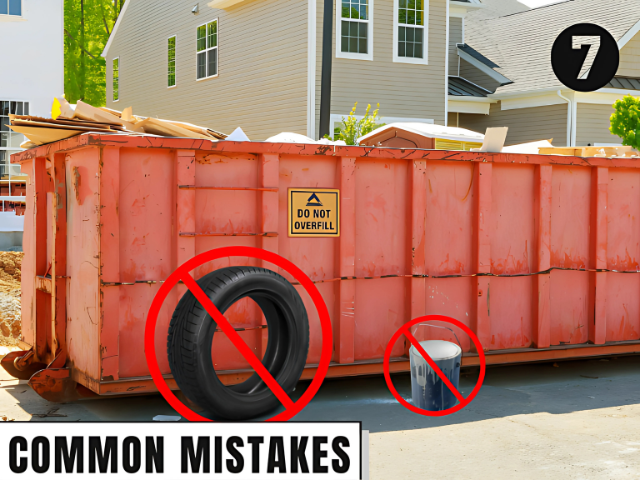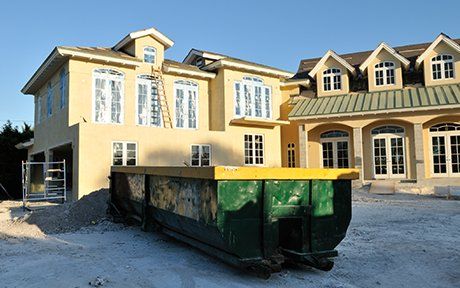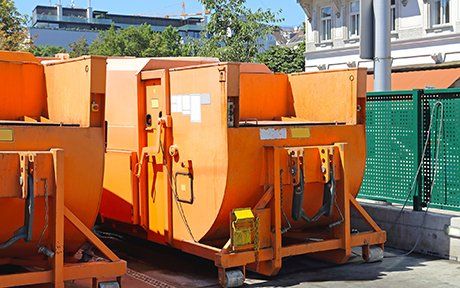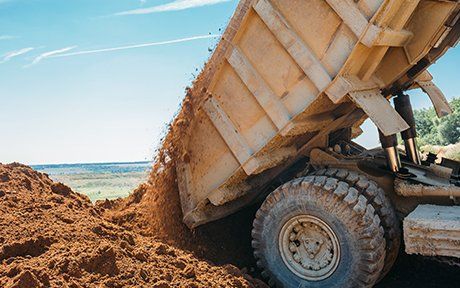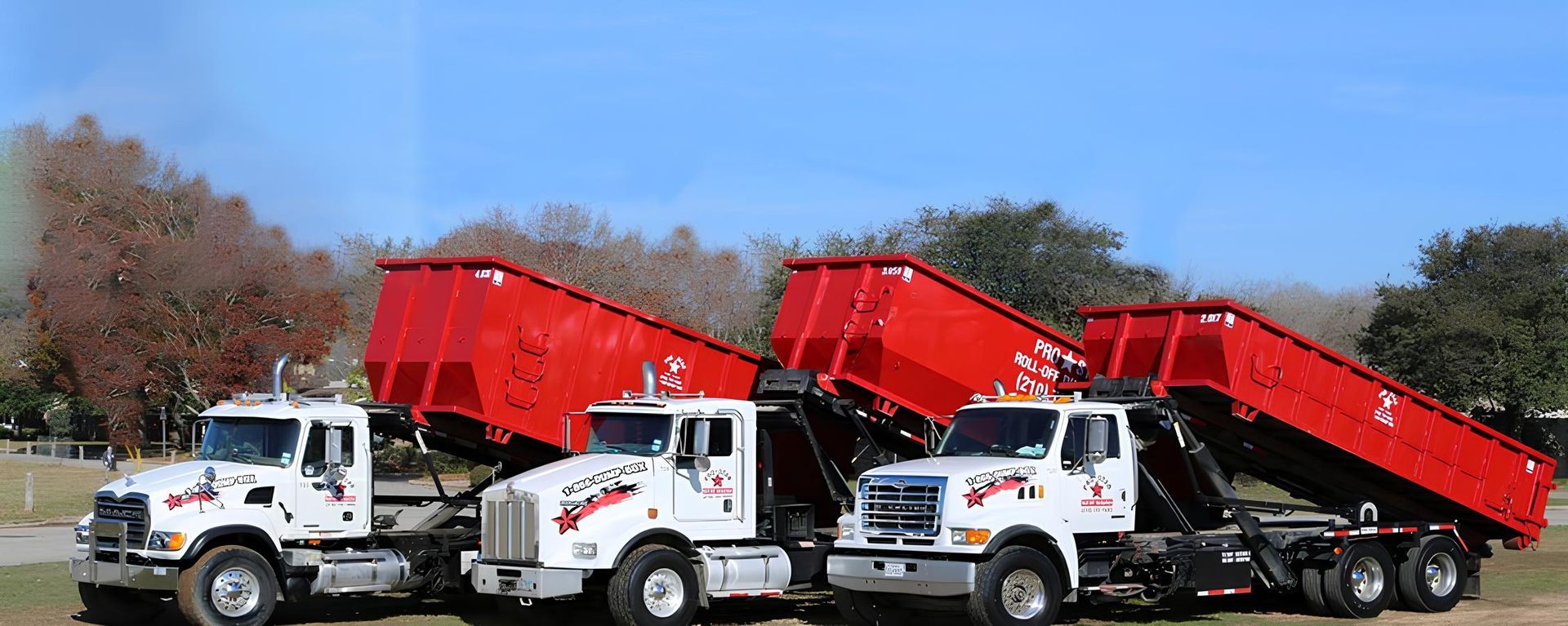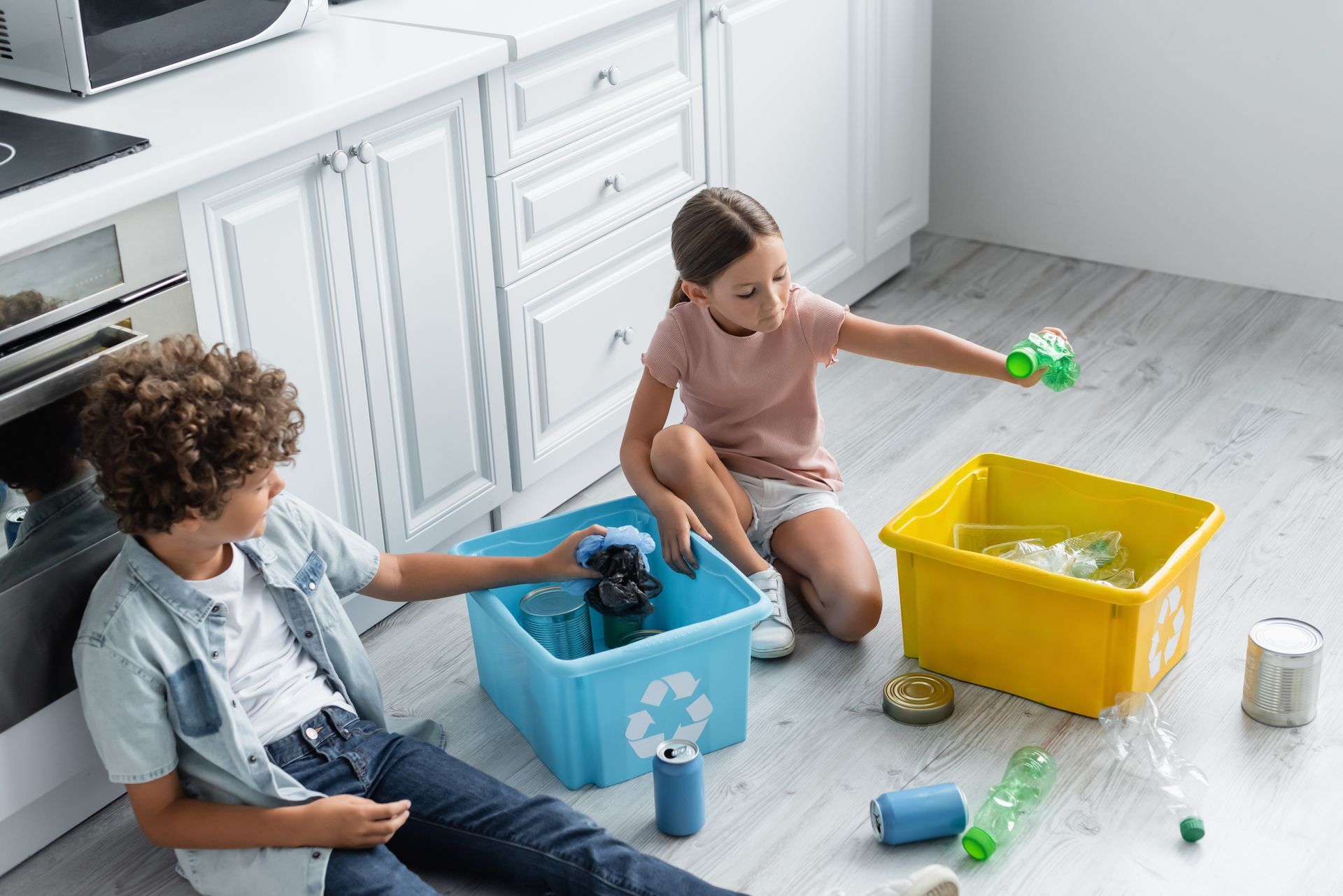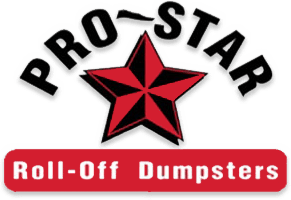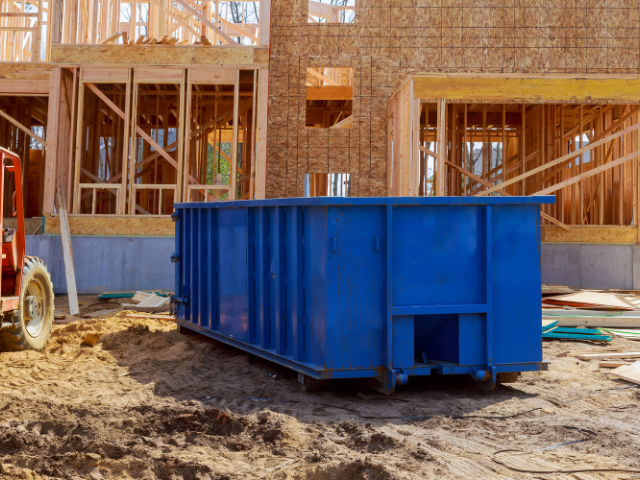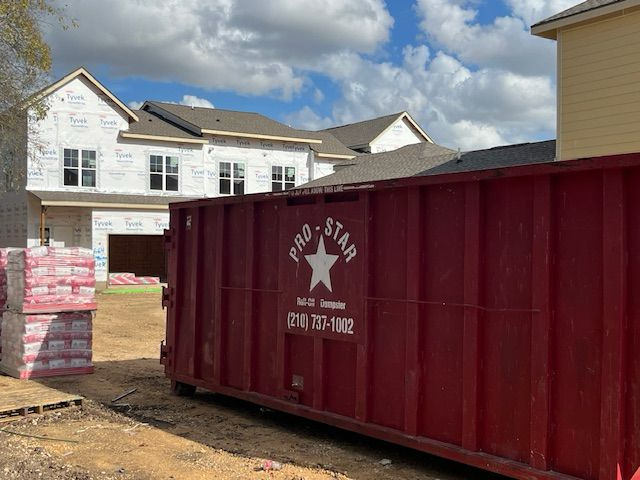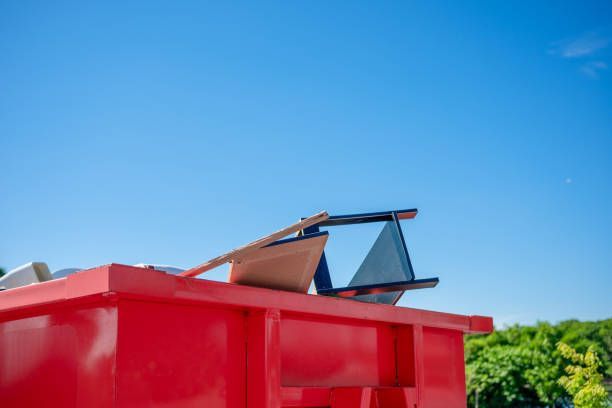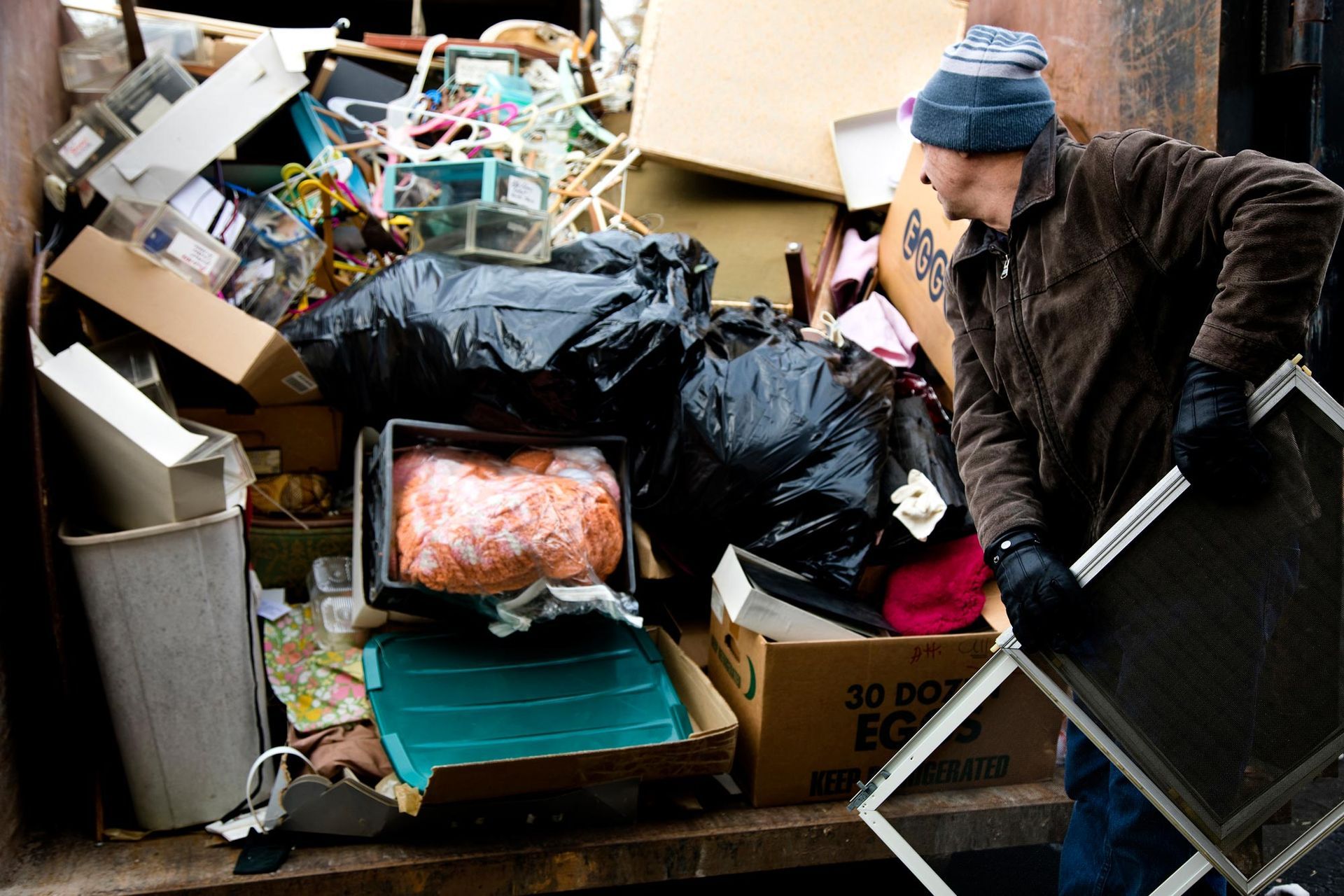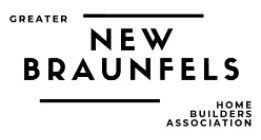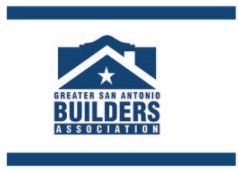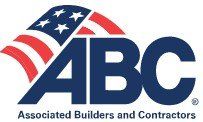6 Tips to Organize Your Neighborhood Cleanup Project

As the organizer of your neighborhood cleanup project, you are in the right position to make a difference in your community. Once you've put together a team of volunteers, your next step is to figure out what to do with all of the trash that your group removes from the public areas.
Depending upon the focus of your project, you should expect to clean up general garbage, landscaping debris, and household items that are all too big for your normal trash container to hold. Roll-off dumpsters
provide a simple way to dispose of almost all waste, so you should use them and the following tips to improve your cleanup project.
1. Assess the Scope of the Project
Your first step is to determine how much trash you think the cleanup project may generate. Gather some information about your project, such as the areas where the volunteers will focus, along with a list of any large items that you know need to be disassembled and removed.
For large lot cleanups, get a measurement of the square footage of the property, and take note of special debris such as fencing. Then, give this information to the customer service team when you arrange for the dumpster rental so that they can help you determine the size and number of dumpsters you need.
2. Choose the Right Dumpster Location
The dumpster should be located in a central area that is easily accessible to all of the volunteers. However, the placement may be restricted by laws for safety and access purposes. For instance, you should never place a dumpster below power lines, and it should be put on level ground.
When choosing a good location, be sure to adhere to local laws, while also keeping the dumpster in a convenient location for your volunteers.
3. Acquire Any Necessary Approvals
Dumpster permits are sometimes required if you plan to place them on public areas such as the road. However, you may not need one if you plan to place the dumpster on a private driveway. Keep in mind that the HOA and other community planning boards may still need to give their approval before you can set one up.
4. Advise Volunteers of Prohibited Items
When multiple people are working on a project, someone can easily mistakenly toss something that is not approved into the dumpster. Hold a meeting before the event to discuss what cannot go into the container, such as flammable liquids. You may also include these prohibited items on any volunteer flyer materials to reinforce the concept.
5. Make Plans to Dispose of Hazardous Waste
Although the dumpster is perfect for holding old building materials and organic trash such as branches, you need to plan to dispose of hazardous items. Identify the hazardous items that you expect to accumulate and find community resources for their disposal.
For instance, many auto supply stores and repair shops have programs that allow people to safely dispose of oil, antifreeze, and car batteries. You can also check with the local office supply or electronics store to find out if they accept old batteries and devices that cannot go to the landfill.
6. Enforce Basic Safety Rules
Once the cleanup operation is up and running, appoint a member of the crew to stay near the dumpster for safety purposes. For instance, they can remind people not to smoke near the dumpster and help to keep debris picked up around the sides so that no one trips and falls.
At Pro-Star Roll-Off Dumpsters, we love helping our customers keep their communities clean. Give us a call today to get an estimate on dumpster rental that makes your neighborhood cleanup project a breeze.
